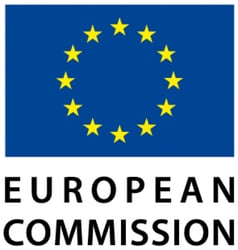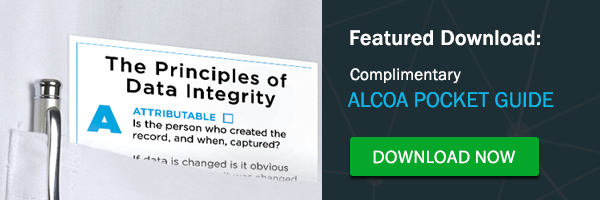 The European Commission has published the final version of the revised EU-GMP Guideline Annex 16 "Certification by a Qualified Person and Batch Release". Deadline for coming into operation is 15th April 2016.
The European Commission has published the final version of the revised EU-GMP Guideline Annex 16 "Certification by a Qualified Person and Batch Release". Deadline for coming into operation is 15th April 2016.
This Annex provides guidance on the certification by a Qualified Person (QP) and on batch release within the European Union (EU) of medicinal products for human or veterinary use holding a marketing authorisation (MA) or made for export. The principles of this guidance also apply to investigational medicinal products (IMP) for human use, subject to any difference in the legal provisions and more specific guidance published by the European Commission.
The general principles include:
The ultimate responsibility for the performance of a medicinal product over its lifetime, its safety, quality and efficacy, lies with the marketing authorisation holder (MAH).
However, the QP is responsible for ensuring that each individual batch has been manufactured and checked in compliance with laws in force in the Member State where certification takes place, in accordance with the requirements of the marketing authorisation (MA) and with Good Manufacturing Practice (GMP).
It has been pointed out that the major task of a Qualified Person (QP) is the certification of a batch for its release. In this context, the QP must personally ensure the responsibilities listed in chapter 1.6 are fulfilled. In chapter 1.7 a lot of additional responsibilities are listed which need to be secured by the QP. The work can be delegated and the QP can rely on the respective Quality Management Systems. However "the QP should have on-going assurance that this reliance is well founded" (1.7).
Some of the additions to Annex 16 are highlighted below:
-
General Principles
-
Clarification of ‘quality release of the batch’
-
The Process of Certification (1)
-
QP’s must have detailed knowledge of the steps for which they are taking responsibility (1.2)
-
QP’s should prove continuous training (1.2)
-
Each EU manufacturing site must have at least one QP with access to the necessary details of the MA (1.4)
-
Conditions of storage and transport should be taken into account (1.5.3)
-
Where sampling is performed at a 3rd country manufacturing site, more controls and assurances are required. This includes a comprehensive scientific study to demonstrate the sampling process is fit-for-purpose (1.5.6)
-
Documented verification required to provide evidence of integrity and identity for different batches originating from the same bulk product batch. This includes verification that the consignment has remained secure and there is no evidence of tampering during storage or transportation.
-
Some of the ’21 points’ a QP must ensure are secured are:
-
The entire supply chain of the active substance and medicinal product is documented and available to the QP (1.7.2)
-
Audits of sites involved in the manufacture and testing of the medicinal products (1.7.3)
-
All sites of manufacture, analysis and certification are compliant with the MA (1.7.4)
-
GMP and GDP for API’s confirmed by audit (1.7.7)
-
Importation and distribution of API’s to comply with GMP (1.7.8)
-
Relying on GMP Assessments by 3rd Parties (2)
-
Relying on assessments by third parties (e.g. audits) should be in accordance with Chapter 7 of the GMP Guide to appropriately define, agree and control any outsourced activity (2.1).
-
Special focus should be given to the approval of audit reports (2.2).
-
Handling of Unexpected Deviations (3)
-
Providing registered specifications for API, excipients, packaging materials and medicinal products are met, a QP may consider confirming compliance or certifying a batch where an unexpected deviation concerning the manufacturing process and/or the analytical control methods from details within the MA and/or GMP has occurred. The root cause of the deviation should be investigated and corrected.
-
The Release of a Batch (4)
-
Until a batch is certified, it should remain at the site of manufacture or be shipped under quarantine to another authorised site.
-
Safeguards in place to protect against uncertified batches transferring to saleable stock. This may be both physical and electronic in nature e.g. the use of validated computer systems.
-
Notification of QP certification to the site storing the saleable stock should be defined within a Technical Agreement. Notification by a QP to the site should be formal and unambiguous.
-
Appendix I – Content of the Confirmation of the Partial Manufacturing of a Medicinal Product.
-
Appendix 2 – Content of the Batch Certification for Medicinal Products.






